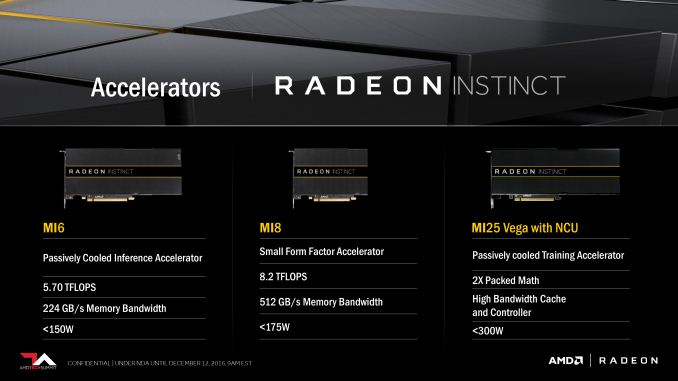Anarchist4000
Veteran
Thought on the memory speeds, what if the fabric was running synchronously like Ryzen? 1600-2000MHz memory lines up with base/boost clocks.
There are also the powered display connectors hitting in Vega's lifetime. I wouldn't be surprised to see a third connector show up for prosumer parts driving multiple displays approaching 75W each. Admittedly I haven't seen how any vendor is handling the passthrough.
Or for VMs ND separate apps where each could use up to the full memory capacity. Saves the driver from having to know what is active in an oversubscribed pool.This tech could be really nice on average to low end gpus, but this dont change the compute power, it only reduce the impact on memory.
They were likely covering the tachometer showing it running 30% of capacity. The initial benches could have only been using ~100W.Remember, this is the same company that has the peace of mind to tape up their power connectors before opening up the case to Linus for his CES video.
There are also the powered display connectors hitting in Vega's lifetime. I wouldn't be surprised to see a third connector show up for prosumer parts driving multiple displays approaching 75W each. Admittedly I haven't seen how any vendor is handling the passthrough.
Many PSUs have a single power plane for 12V so the connectors don't matter much. The only real difference will be any diodes to prevent feedback and how they limit when overloaded. The system designer would pick a large enough supply to accommodate whatever was going in the system. Professional systems are often fixed and consumers won't adhere to specs in aftermarket anyways.I'm no EE, but I bet that there's additional power equipment necessary to deal with the current that those beefier/extra connectors can try to draw. Therefore, the cost to allow 2 8-pin connectors on a 150W card is more than just the physical connectors.

